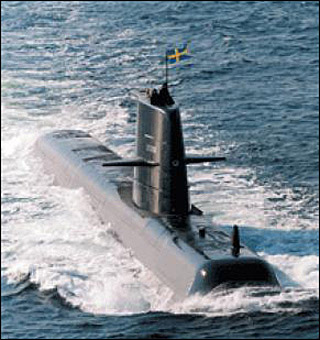Course Description
This course discusses the selection and evaluation of commercial and naval ship power and propulsion systems. It will cover the analysis of propulsors, prime mover thermodynamic cycles, propeller-engine matching, propeller selection, waterjet analysis, and reviews alternative propulsors. The course also investigates …
This course discusses the selection and evaluation of commercial and naval ship power and propulsion systems. It will cover the analysis of propulsors, prime mover thermodynamic cycles, propeller-engine matching, propeller selection, waterjet analysis, and reviews alternative propulsors. The course also investigates thermodynamic analyses of Rankine, Brayton, Diesel, and Combined cycles, reduction gears and integrated electric drive. Battery operated vehicles and fuel cells are also discussed. The term project requires analysis of alternatives in propulsion plant design for given physical, performance, and economic constraints. Graduate students complete different assignments and exams.
Course Info
Learning Resource Types
grading
Exams with Solutions
notes
Lecture Notes
group_work
Projects
assignment
Programming Assignments
assignment
Design Assignments
assignment
Problem Sets
Problem Set Solutions

The Swedish Navy’s Gotland class submarines use two Stirling cycle engines as an adjunct to their main diesel-electric engineering plants to provide underwater endurance up to several weeks. This was the first air independent propulsion system to enter regular submarine service. (Image courtesy of the U.S. Navy.)










